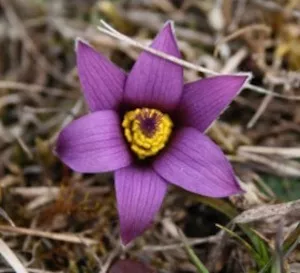
Highly polymorphic microsatellite markers in Pulsatilla vulgaris (Ranunculaceae) using next-generation sequencing
Is there a better way to celebrate Darwin Day than with a Hot Student Paper at the cusp of evolution and ecology? Of course not! This week, we highlight a paper by Ph.D. student Michelle DiLeo (Wagner Lab) published in Applications in Plant Sciences entitled “Highly polymorphic microsatellite markers in Pulsatilla vulgaris (Ranunculaceae) using next-generation sequencing”. Pulsatilla vulgaris is a specialist wildflower of dry grasslands in Europe, which has witnessed rapid declines across its range. Its decline is linked to the abandonment of traditional grazing practices, resulting in the severe loss of dry grassland habitat. Knowledge of the landscape-scale distribution of genetic variation is required to create effective management plans, however genetic markers with appropriate resolution were not previously available for this species. To remedy this, Michelle and colleagues developed a suite of variable microsatellite markers for P. vulgaris, which are being used to test whether the reintroduction of shepherding is a suitable conservation measure to improve genetic connectivity among populations of P. vulgaris in southern Germany.
Congratulations and good luck with your work, Michelle!
